If you are a shooter, then you probably know the importance of being able to reload your weapon properly, and it’s no different when it comes to reloading rifle ammo.
Now reloading ammo isn’t actually an easy task. You have to be prepared before getting started. So, in this article, we’ll tell you about all the preparations you need to take and how to reload ammunition for your rifle.
Before we get to the main topic, first, let’s take a look at all the advantages of reloading by yourself.
Why You Should Reload Your Own Ammunition
Reloading your own ammo can help to save a lot of money. How is this so, you ask?
Well, even though the process requires some money to buy the equipment, it actually enables more shooting for the same amount of money. The brass case of the bullets cost a lot, and you are actually saving money by reusing them! How much money you will be able to save will depend on the caliber, so this will vary.
Here are a few reasons why you should reload your own ammo;
- You can have your very own, custom-made bullets! This is something most hunters and competitors really like about handloading.
- You can get better control of your ammo, and also your rifle.
- You can even make ammo that does not even exist anymore!
- Most important of all, you can have a whole lot of fun! Handloading is a skill, and it is certainly quite an impressive one!
How to Reload Ammunition for Your Rifle
So, below is a guide on how to reload your rifle in a smart and efficient manner.
Step 1: Have an Adequate Space and Setup
Reloading ammunition doesn’t require any special space, but the key things you need to have while setting up the spot is:
- Proper lighting
- Enough room to accommodate a table (the table needs to be very strong and sturdy, and at least 6” long)
- Some extra desk space for the tools needed
Step 2: Buy the Necessary Materials
Now, before starting the reloading process, you will need to buy the adequate materials and tools required. The amount of money spent on equipment will vary from person to person according to the type of tools and materials bought.
Here is a list of all the materials you will typically need:
Reloading Press
There are a variety of reloading presses available –
- Single Press: this is the most recommended press for beginners. It is called the single press as only one die can be mounted at a time.
Advantages of the Single Press
- Cheap
- Simple to use
- Safe
Disadvantages of the Single Press
- Slower due to the fact that only one step of the reloading process can be done at a time
- Turret Press: The name of this press reflects the fact that it uses a turret or rotating disc to operate. This press is recommended for those who want to load one or two calibers.
Advantages of the Turret Press
- It is faster than the single press as it can mount more dies at a time – about 4 to 8
- It does not need to be reloaded every time
Disadvantages of the Turret Press
- It is more expensive than the single press
- Progressive Press: The progressive press is truly ‘progressive’ in terms of speed. It can load hundreds of rounds of single calibers at the same time. This press is recommended for those who participate in competitive shooting.
Advantage of the Progressive Press
- The fastest press
Disadvantages of the Progressive Press
- Complicated to use
- Most expensive of the three presses
Dies
There are three different types of dyes –
- Full-Length Size Dies: These dyes are used to resize the full length of the case.
Advantages of the Full-Length Size Dies
- They can be used to resize handholds in all rifles
Disadvantages of the Full-Length Size Dies
- It may shorten the case life
- Small Base Dies: These are just another variety of full-length size dyes.
Advantages of the Small Base Die
- Ideal for semi-automatic rifles
Disadvantages of the Small Base Die
- Not great for rifles other than semi-automatic ones
- Neck Size Dies: These are used to resize only the neck of the case.
Advantages of the Neck Size Dies
- They do not shorten the case life.
Disadvantages of the Neck Size Dyes:
- The cases resized by these dyes can only be used in the rifle originally fired from
Case Lubricant
There are a variety of case lubricants available. For example, spray lubes, dry lubricant, sizing die wax, and lube pads are some of the most commonly used lubricants.
Rifle Primer
They are of two types, one for large rifles and one for small rifles.
Powder Measure
Some of the best-rated powder measures are – Lee Precision 90058 Perfect Powder Measure, Hornady Lock-And-Load Powder Measure, Lyman Powder Measure, and RCBS Uniflow Powder Measure.
Case Cleaning Tool
There are a few different tools available for case cleaning: vibratory brass case cleaners, rotary tumblers, brass case cleaning liquids, and tumbling media.
Caliper
There are two types of calipers available; digital and dial.
Scale
Two types of scales are available: the traditional balance beam scale and the digital scale.
Case Trimmer
There are several families of case trimmers –
- The lathe type, which is the most common
- The fixed adjustment type, which is based on simplicity and low cost
- The on-press trimming type, which is very fast
- The low volume precision type
- The high volume precision type
Priming Tool
The best priming tools include –
- RCBS 90201 Universal Hand Priming Tool
- RCBS 90200 Hand Priming Tool
- Frankford Arsenal Perfect Seat Hand Primer Seating Tool
- Lee Precision 90230 New Auto Prime Hand Priming Tool
- Lyman Products E-ZEE Universal Priming Tool
Reloading Manual
Some of the best ones are –
- Sierra Bullets Reloading Manual
- Hornady- Handbook of Cartridge Reloading
- Hodgdon Powder Co.- Annual Reloading Manual
- Lyman Reloading Handbook
- Barnes Reloading Manual Number 30745
Step 3: The Procedure
After getting all the necessary tools and materials ready, you are finally ready to start the reloading process. There is one thing that is better to know before that – the parts of a bullet cartridge.
The parts of a standard cartridge are :
- Brass casing
- Gunpowder
- Bullet
- Primer
The reloading process consists of the following steps –
- Preparing the case – firstly, you will need to clean the case using the case cleaning gear. This should be done outside the house as there is potential for lead contamination. Additionally, it is quite a loud process.
- De-priming – after cleaning, you need to remove the primer using the priming tool or a screwdriver.
- After de-priming, you need to resize the brass using the die. Use the caliper to measure the diameter of the required case head and the length of the case and use the case lubricant if required.
- After resizing, use the case trimmer, and if there are any sharp edges, then use the de-burring tool to smoothen things out.
- Clean the inside of the case to remove any residue.
- Now that the case is ready, it is time for priming. A primer should be seated from 0.001 to 0.002 inches below the case head. Use a micrometer or caliper for measuring this distance.
- Use the powder measure and scale to weigh the right amount of powder for your rifle. The reloading manual will provide the measurements.
- Use the reloading press to reload.
Cautions You Need to Take
Exercising caution while reloading your rifle is of utmost importance. There are some strict guidelines to be followed –
- Always wear safety glasses. Otherwise, primer and gunpowder can get into your eyes and can cause some serious irritation and damage.
- Make sure your reloading equipment and space is clean, or it will lead to increased exposure to lead and even cause lead toxicity and poisoning.
- Make sure to store primers and powder away from heat or fires, as they can get ignited and cause explosions.
- Always keep the primer and powder out of reach from children, as they may ingest or inhale them or set fire by accident.
- Never store primers in bulk, as it may lead to mass detonation
- Do not use unknown primers, even if you bought them yourself previously. The manual for reloading specifies how much of each type of primer to use, and unknown primers can not be specified accordingly.
- Additionally, outdated, moist or damp primers and gunpowder must not be used as they behave differently.
- Always follow the manuals while loading primers. And never use an amount of primer that has not been surely recommended as this can cause explosions, increased recoil force, and, thereby, injuries.
- Avoid lead exposure. Follow some simple rules to ensure this –
- Wash your hands thoroughly after reloading, to avoid accidentally ingesting lead while eating. This will also prevent the lead from getting into your eyes or nostrils while rubbing them with your hands.
- Always wear a dust mask while handloading to avoid inhalation.
- Never eat or drink while reloading in order to avoid ingestion.
- Clean out your reloading equipment and area regularly to prevent further exposure to lead.
Conclusion
Any skill learned is an asset, and hand-loading is quite a valuable and cost-effective one. Now that you have the wonderful knowledge of reloading ammo, go ahead and enjoy! And impress some people while you are at it!


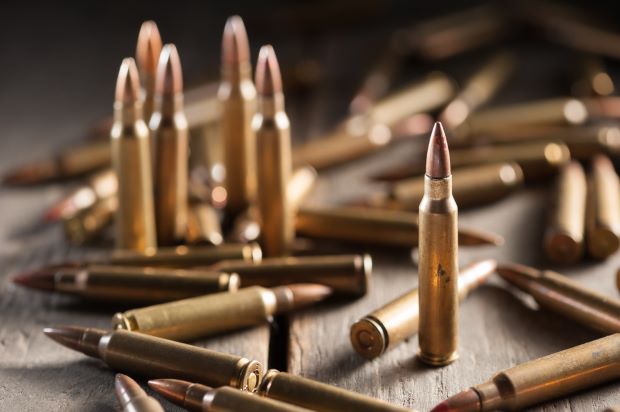

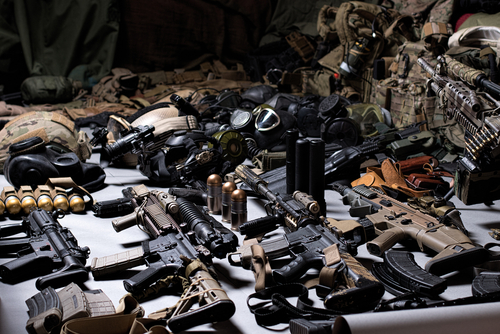
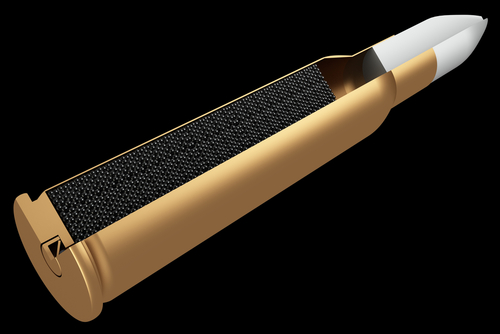

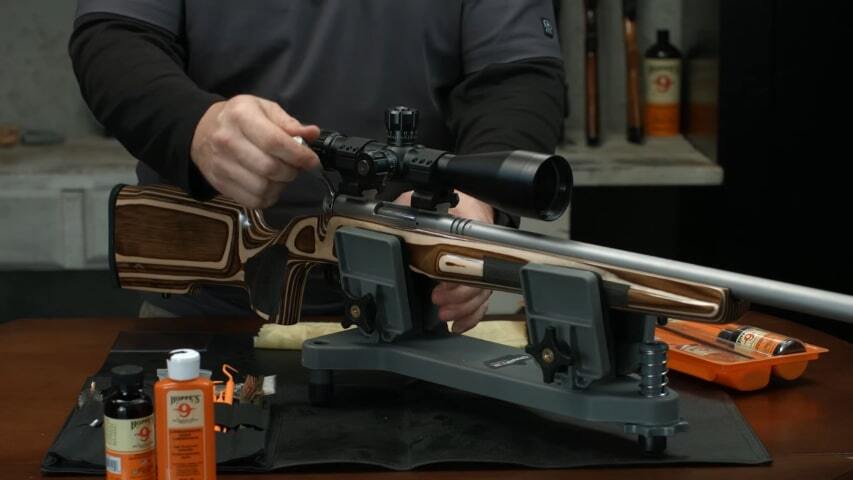
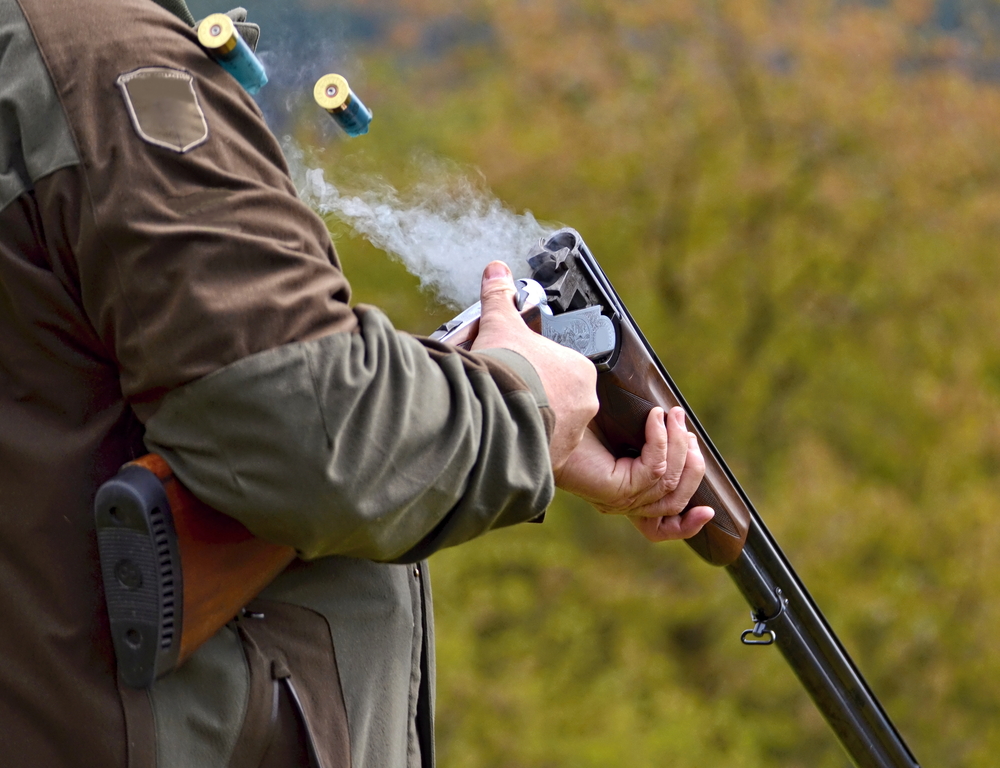
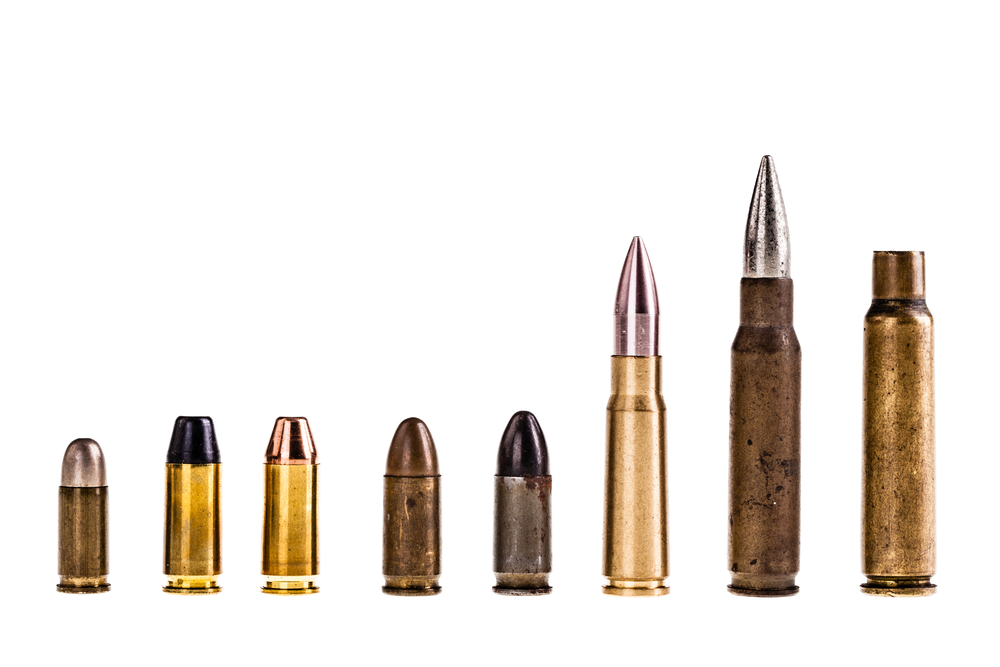
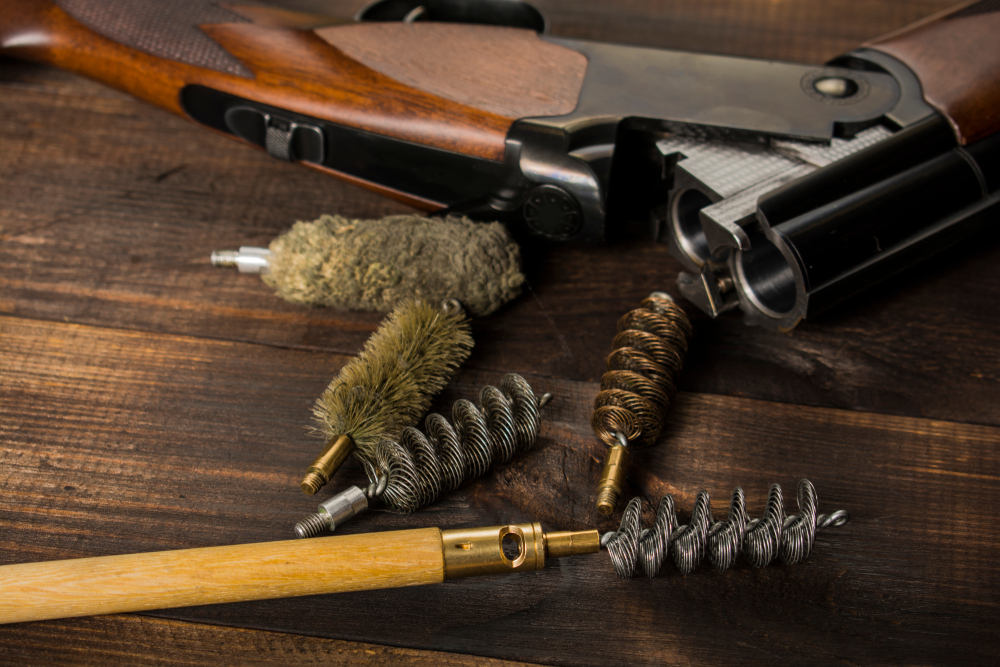


Bill in Idaho | December 30, 2019
|
I Sure Do Wish that you guys would Carefully PROOFREAD Your Articles, before you publish them ! ?
Bill in Idaho | May 31, 2020
|
I recommend a table to be 6 Feet Long – Not 6″. – And Yes, VERY Sturdy and solid.
Leo | December 30, 2019
|
AMEN, Bro! Yawannabeea teacher, lern to spill korrecetly.
Richard | December 31, 2019
|
“Single Press” No. It is called a “single-stage press”. The article says that single-stage presses are cheap. A good single-stage press is not cheap. I own a bunch and none of them were cheap.
As written, the article says a turret press one of the disadvantages of single-stage press. The article says that one advantage of a turret press is “It does not need to be reloaded every time”. Reloaded with what? The answer is, once set up with dies, you don’t have to set it up again. But the article doesn’t say that. The article also fails to note that turret presses are less precise than a single-stage press.
The article says that a progressive press is one of the disadvantages of a turret press.
The article says, “Advantages of the Full-Length Size Dies; They can be used to resize handholds in all rifles” Really? So if I have a full-length die for 30-06, I can use it to resize a 308 case? That is just wrong and publishing it is slightly dangerous.
Reloading is not difficult. Anyone with the ability to carefully follow instructions can do it without any difficulty at all. But this article is bad. Buy one of the good reloading manuals – Sierra, Lyman, and many more. You can’t reload without a good manual, so start there. This article is misleading.
Bill Johnson | January 3, 2020
|
You do not use a screwdriver to remove a primer it is removed when you resize the case .
Bill in Idaho | May 31, 2020
|
Use a screwdriver Only if you want to remove a finger or two !
Angelo | May 31, 2020
|
Guys it’s like this . . . for someone just starting out this article has a lot of good information. Don’t cry about spelling and dwell on labels. Just saying. The article worked for me. Good day.
Dropzone | June 2, 2020
|
Good information based on what ? This article is a complete joke,
If someone is just beginning they may be seriously injured following this advice. I for one will be looking out for more mis-information from Joseph Fox.
I’ve been reloading bottle neck and straight wall cases for 40 years and this guy has not loaded a single cartridge, at least from reading this ……. work of ….. whats the word I’m looking for….. opps almost forgot this is a mixed forum.
F Corl | May 31, 2020
|
This article is the “Ultimate guide to rifle Ammunition”? It should be the guide to reloading ammunition. Are ya kidding me?
Almost as bad as the article on re-using a lawnmower engine.
F Corl | May 31, 2020
|
For crying out loud… as I re-read the article the author uses primer instead of powder.
“Always follow the manuals while loading primers. And never use an amount of primer that has not been surely recommended as this can cause explosions, increased recoil force, and, thereby, injuries.”
Dropzone | June 2, 2020
|
To Mr.Josphe Fox,
Can I store my primers to prevent “mass detonation” please tell me how…..
First Question What could cause them to detonate?
Second Question Since primers are packed 100 to a tray and 10 trays to a box and 5 boxes to a case, what do you consider “Bulk” ?
Third Question Have you ever reloaded a single round of ammunition rifle or pistol?
Please let me know how removing a live primmer with a screw driver works out for you, you know when you put the large rifle magnum primer in the wrong case?
Dropzone | June 2, 2020
|
You should go to his “site” and read his blogs, specificity …..10 Basic Rules Of Safety During Reloading Ammo : Beginners Guide….. 4. Keep Primers And Powder Safe From A Heat Source
You should never keep powder and primers away from heat sources, naked fire, and electrical power. Also, you must keep it away from children. Needless to say, you must avoid smoking in the reload area by all means.
Really……great job on the proof reading. Suvrvivopedia needs to vet these people better, it is really going down hill.
Gary Sackman | September 20, 2020
|
I’ve read both Lyman and Hornady reloading manuals when I was younger. Mostly to understand the construction and performance of various calibers I was interested in and the firearms they were used in. This article was confusing in the details and application of the information provided. My suggestion is to read the manuals the ammunition manufacturers provide in their manuals and stay away from the suggestions of outsiders. They create the ammunition and test the various calibers for safety and performance. This is done in a safe environment and the tests are recorded for our protection and comparison. I know some Experienced reloaders sometimes modify different parameters to improve performance, and that is better left to them. Reload to factory specs and enjoy the results.
Richard | September 20, 2020
|
Hi Gary,
At the moment, I can think of three reasons to reload: (a) create ammunition which you cannot buy, (b) save money, or (c) improve on factory loads. For example, right now 9mm pistol ammo is almost unavailable so I reload 9mm for reason one. I can make 308 rifle ammunition for about one third of the cost of buying it – so I reload 308 for reason two. And my 308 ammo is exactly tuned to my weapons – the case size fits my chambers, the combination of primer, powder type and charge, case, case size, bullet, and seating depth performs better in my weapons than ANY factory ammo – in other words, I cannot buy ammo this good so I reload 308 for all three reasons.
In most cases, precision rifle shooters use a non-factory load because it performs best in their specific firearm. Today using my 308 I was shooting 800 and 900 yard half-mil steel target in gusty switchy winds. If I do my part, my ammo is good enough to make center mass hits pretty consistently – at 900 yards my bullets are in the transonic region so 900 was tough today.
Benchrest shooters always use custom tuned loads because there is no factory ammo for their weapons. You imply that this is unusual, I say that it is the norm.
I have numerous reloading manuals and when I am developing a new load, I consult them so that my initial load is safe. But once I have an initial safe load, I let the gun tell me what it likes. Every reloader I know does the same. If you are new to reloading, buy a manual, follow the recipes, and never exceed its max loads. Learn what pressure signs look like, how to shoot well, and how to measure targets. When you get comfortable with reloading, start to experiment.